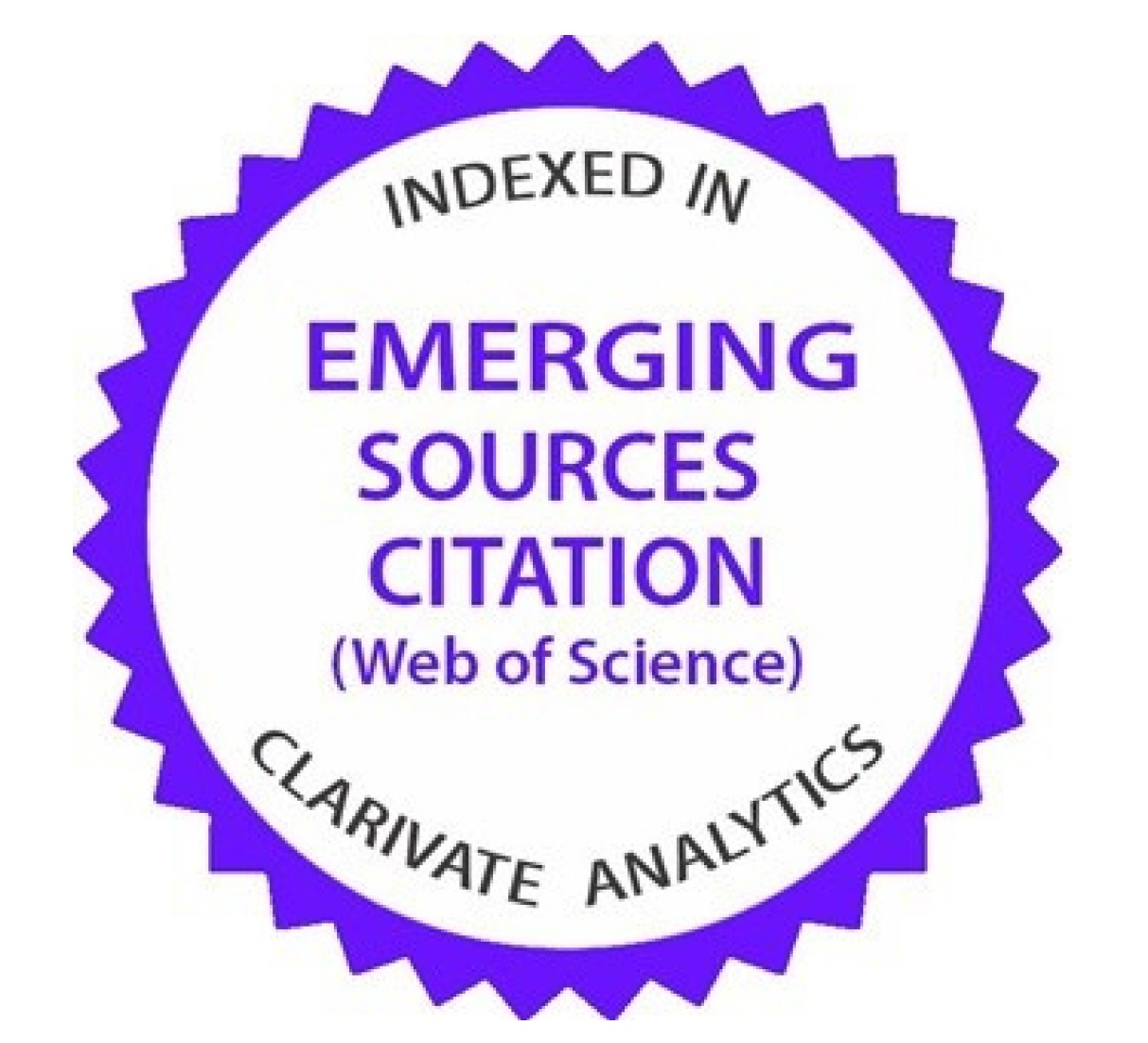Redes criminales transnacionales: Principal amenaza para la seguridad internacional en la posguerra fría
Palabras clave:
Crimen, crimen organizado transnacional, redes sociales, globalización, seguridad internacionalResumen
Las amenazas a la seguridad internacional dejaron de provenir de Estados-Nación para estar materializadas en actores no estatales que están desafiando la legitimidad y la autoridad del Estado. Así, la principal amenaza para la seguridad internacional está representada por el crimen organizado y el terrorismo. Si bien el crimen organizado no es un fenómeno reciente, los avances en tecnologías de la información y las comunicaciones en el contexto de la globalización han facilitado sus operaciones y permitido que estas organizaciones se hayan transformado, pasando de organizaciones jerárquicas a organizaciones estructuradas como “redes sociales”. Estas “redes” criminales han demostrado ser flexibles, dinámicas, elusivas a la acción de las autoridades y adaptables a los cambios, y se han convertido en un gran reto para el Estado en su lucha contra el crimen organizado transnacional.
Descargas
Citas
ANDREAS, Peter, y PRICE, Richard. 2001. “From War Fighting to Crime Fighting: Transforming the American National Security State”, en: International Studies Review, vol. 3, No. 3, pp. 31-52.
ANDREAS, Peter. 2004. “Illicit international political economy: the clandestine side of globalization”, en: Review of International Political Economy, vol. 11, No. 3, pp. 641-652.
ARQUILLA, John, y RONFELDT, David. 2001. “The Advent of Network (Revisited)”, en: John Arquilla y David Ronfeldt (ed.): Networks and Netwars: The Future of Terror, Crime and Militancy, Washington, pp. 1-25.
BIBES, Patricia. 2001. “Transnational Organized Crime and Terrorism: Colombia, a Case Study”, en: Journal of Contemporary Criminal Justice, vol. 17, No. 3, pp. 243-258.
BRUINSMA, Gerben, y BERNASCO, Wim. 2004. “Criminal Groups and Transnational Illegal Markets”, en: Crime, Law & Social Change, vol. 41, pp. 79-94.
EDWARDS, Adam, y Gill, Pete. 2002. “Crime as enterprise? The Case of Transnational Organised Crime”, en: Crime, Law & Social Change, vol. 37, pp. 203-223.
FRANKO AAS, Katja. 2007. “Analysing a world in motion: Global flows meet criminology of the other”, en: Theoretical Criminology, vol. 11, No. 2, pp. 283-303.
JUNG, Dietrich. 2005. “New Wars, Old Warriors and Transnational Crime: Reflections on the transformation of war”, en: Cooperation and Conflict, vol. 40, pp. 423-434.
KLERKS, Peter. 2001. “The Network Paradigm Applied to Criminal Organisations: Theoretical nitpicking or a relevant doctrine for investigators?”, en: Connections, vol. 24, No. 3, pp. 53-65.
“La contención del crimen transnacional”, 2001, en: Cuestiones Mundiales, vol. 6, No. 2, pp. 1-44, en: http://usinfo.state.gov/journals/itgic/0801/ijgs/ijgs0801.pdf. (Consultado el 30 de noviembre de 2007).
MCILLWAIN, Jeffrey. 1999. “Organized Crime: A Social Network Approach”, en: Crime, Law & Social Change, vol. 32, pp. 301-323.
NAÍM, Moisés. 2003. “The Five Wars of Globalization”, en: Foreign Policy, No. 134, pp. 28-37.
PAOLI, Letizia. 2002. “The paradoxes of organized crime”, en: Crime, Law & Social Change, vol. 37, pp. 51-97.
REUTER, Meter, y PETRIE, Carol (ed.).1999. Transnational Organized Crime: Summary of a Workshop, Washington.
RONFELDT, David, y ARQUILLA, John. 2001. “What next for networks and netwars”, en: John Arquilla y David Ronfeldt (ed.): Networks and Netwars: The Future of Terror, Crime and Militancy, Washington, pp. 311-361.
RUGGIERO, Vincenzo. 1997. “Criminals and Service Providers: Cross-National Dirty Economies”, en: Crime, Law & Social Change, vol. 28, pp. 27-38.
SANDERSON, Thomas. 2004. “Transnational Terror and Organized Crime: Blurring the Lines”, en: SAIS Review, vol. 24, No. 1, pp. 49-61.
SCHLOENHARDT, Andreas. 1999. “Organized crime and the business of migrant trafficking”, en: Crime, Law & Social Change, vol. 23, pp. 203-233.
SHELLEY, Louise, PICARELLI, John, y CHOPRA, Chris. 2003. “Global Crime Inc.”, en: Maryann Cusimano (ed.): Beyond Sovereignty: Issues for a Global Agenda, Belmont/London, pp. 143-166.
“SIPRI Yearbook”. 2006. en: http://yearbook2006.sipri.org/chap2. (Consultado el 12 de junio de 2007).
SUNG, Hung-En. 2004. “State Failure, Economic Failure, and Predatory Organized Crime: A Comparative Analysis”, en: Journal of Research in Crime and Delinquency, vol. 41, No. 2, pp. 111-129.
VAN CREVELD, Martin. 1991. The Transformation of War, New York.
VAN DIJK, Jan. 2007. “Mafia Markers: assessing organized crime and its impacts upon societies”, en: Trends in Organized Crime, vol. 10, No. 4, pp. 39-56.
VAN DUYNE, Petrus. 1996. “The Phantom and Threat of Organized Crime”, en: Crime, Law & Social Change, vol. 24, pp. 341-377.
WILLIAMS, Phil. 2001. “Crime, Illicit Markets and Money Laundering”, en P.J. Simmons y Chantal de Jonge (ed.): Managing Global Issues, Washington, pp. 106-150.
WILLIAMS, Phil. 2001. “Transnational Criminal Networks”, en John Arquilla y David Ronfeldt (ed.): Networks and Netwars: The Future of Terror, Crime and Militancy, Washington, pp. 61-97
ZANINI, Michele, y EDWARDS, Sean 2001. “The Networking of Terror in the Information Age”, en John Arquilla y David Ronfeldt (ed.): Networks and Netwars: The Future of Terror, Crime and Militancy, Washington, pp. 29-60.
Descargas
Publicado
Cómo citar
Número
Sección
Licencia
Derechos de autor 2023 Revista Criminalidad

Esta obra está bajo una licencia internacional Creative Commons Atribución-NoComercial-SinDerivadas 4.0.
Licencia creative commons CC BY NC ND https://creativecommons.org/licenses/by-nc-nd/2.0/















